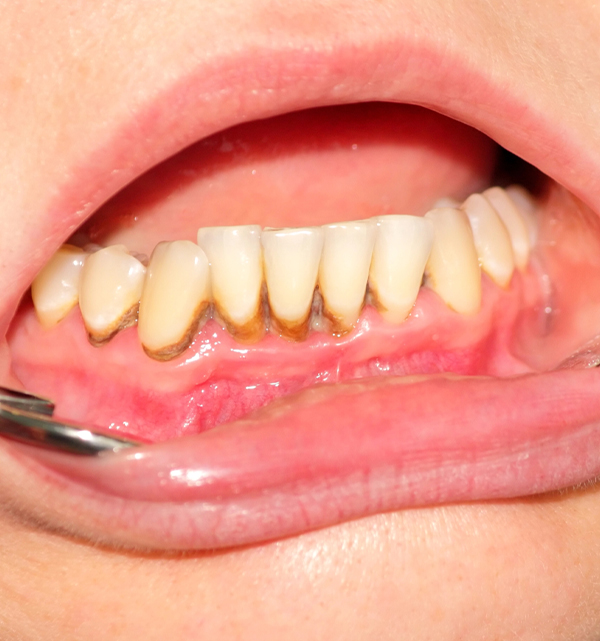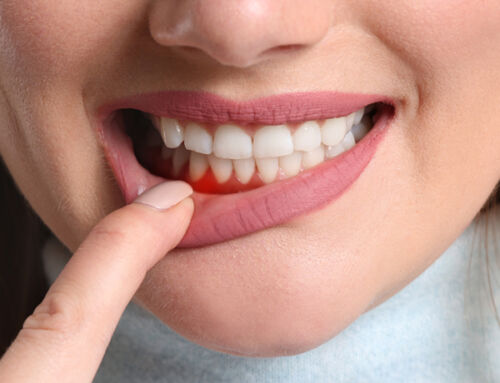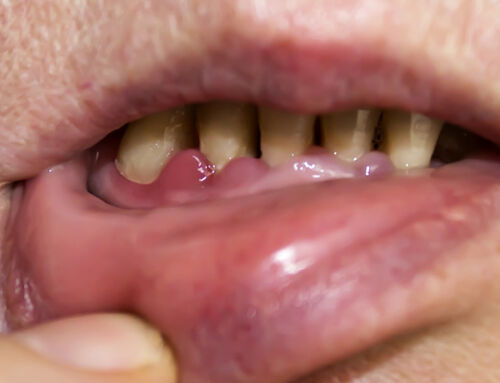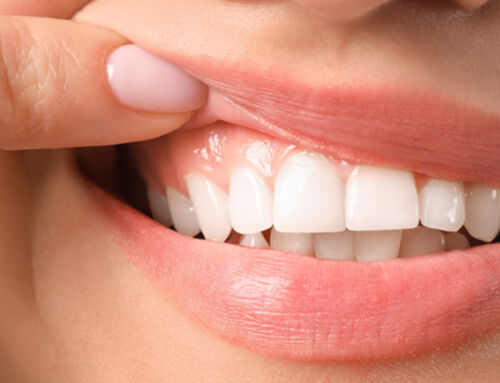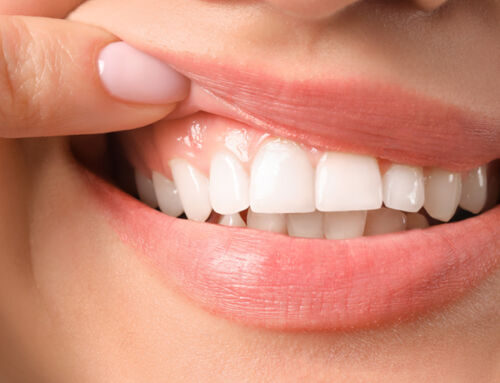Plaque and tartar are the most common culprits of dental diseases. They are full of bacteria that stick to and rot the teeth and irritate the gums. If left to progress, bacteria will continue to thrive. Eventually, they will infect the gums to cause gum disease or gingivitis.
In its early stage, gum disease is reversible. Plaque and tartar must be removed with routine dental cleaning to restore the health of the gums. However, if this is not treated, bacteria will work their way down to the bones of your teeth to cause periodontal disease. This is an irreversible condition that may lead to tooth loss.
To prevent these problems, routine dental cleaning every six months is recommended. This procedure removes plaque and tartar before they cause problems to your oral health.
Understanding Periodontal Disease
Periodontal disease is the infection of the gums and bones that surround your teeth. The most common cause is poor oral hygiene leading to plaque, tartar, and bacteria build-up. This accumulates in the gums and causes irritation.
The early stage of periodontal disease is gum disease or gingivitis. If your gums are red and swollen and if they easily bleed when you brush your teeth, you may need to get them checked for gingivitis.
To treat gingivitis, your dentist will do a thorough check-up and teeth cleaning to remove plaque and tartar that are stuck to your teeth and tucked underneath the gums. With continuous good oral hygiene, your gums should return to normal.
But without proper intervention, bacteria from plaque will continue to plague your oral health. And eventually, they will reach the bones of your teeth. This is a serious form of gingivitis called periodontal disease.
Periodontal disease is irreversible. Once the bones have been infected, they will not grow back. The gums may pull away from the teeth, bone can be lost, and the teeth may loosen. Because of these consequences, periodontal disease is one of the biggest threats to dental health.
If you are suffering from periodontal disease, treatment is dependent on controlling the spread of the disease to prevent further bone loss. This procedure is done by a periodontist through periodontal scaling and root planing.
What is Periodontal Scaling and Root Planing?
If you have periodontal disease, removing infected tissues is the solution to restore the health of your teeth, gums, and bones. The most effective method is through periodontal scaling and root planing.
Unlike routine oral prophylaxis, periodontal scaling and root planing involve deep cleaning your teeth to reach down the gums and into the tooth root to remove hidden plaque and tartar. This is done using a high-speed ultrasonic scaler or a manual sharp periodontal curette.
The main goal of periodontal scaling and root planing is to eliminate all irritants to restore the health of your gums and the bones surrounding your teeth. Once thoroughly cleaned, the attachments of your teeth and bones will repair themselves to save your tooth.
Periodontal Scaling and Root Planing — What to Expect
If you are scheduled for a periodontal scaling and root planing, here are some of the things you can expect during your visit:
Dental and medical history survey
This is an important step in your pre-treatment to determine certain conditions or risk factors that may be related to the disease.
Your dentist will take your X-ray
X-rays are a helpful tool for diagnosing and treating dental concerns, including periodontal disease. With an X-ray, your dentist can identify areas with tartar build-up underneath the gums that cannot be seen with just a routine check-up.
Anaesthesia may be applied
Severe periodontal disease requires scaling deep under the gums, which can be painful. So, to improve comfort during treatment, your dentist may place anaesthesia where necessary.
Several visits may be required
Depending on your case, periodontal scaling and root planing can take one to a few dental visits. Severe periodontal disease may require scaling and planing on each area of the mouth at a time to ensure thorough cleaning.
Tooth sensitivity may occur
Your teeth may feel sensitive during and after the procedure. This is a normal occurrence and will go away on its own when the gums and bones are healed.
Bone loss will not grow back
If you experienced bone loss because of periodontal disease, unfortunately, this will not repair on its own. Scaling and root planing can only control and prevent the infection but it will not restore lost bone. Our dentists will recommend a bone and tissue graft procedure to help with bone loss.
Aftercare and Maintenance
After getting periodontal scaling and root planing done at your periodontist, the next step of treatment is maintenance. You can keep your gums and teeth healthy and prevent future problems by:
- Brushing your teeth twice a day with a soft-bristled toothbrush and fluoride-rich toothpaste.
- Flossing regularly to remove plaque and food stuck in between the teeth.
- Using antibacterial mouthwash to rinse off bacteria.
- Visiting the dentist every 6 months for routine check-ups and teeth cleaning.
- Quitting habits that compromise oral health such as smoking.
- Taking your prescribed medications and following dentist recommendations, especially for extensive periodontal disease.
Periodontal Scaling and Root Planing — FAQs
What are the warning signs of periodontal disease?
Some of the signs of periodontal disease you should look out for are:
- Bad breath
- Red, swollen, tender, bleeding gums
- Painful chewing
- Loose teeth
- Sensitive teeth
- Gums that have pulled away from the teeth
- Bite changes
What are the risk factors for periodontal disease?
Certain factors increase your risk for periodontal disease, such as:
- Smoking
- Diabetes
- Poor oral hygiene
- Stress
- Crooked teeth
- Immuno-deficiencies
- Vitamin deficiencies
- Medications causing dry mouth
How long before periodontal disease heals?
Healing from periodontal disease depends on the severity of your case. This can take a few weeks to a few months. Boost your recovery time by practicing good oral hygiene habits to improve and maintain your oral health.
Conclusion
Periodontal disease is a severe problem of the oral health. But, it can be easily prevented with good oral hygiene. Start with practicing an effective at-home hygiene routine, including proper brushing and flossing. And make sure to visit your dentist twice a year so they can further improve your oral health.
Preventive dental care is key to avoiding dental problems that lead to expensive and extensive procedures. Learn more about how we can help you prevent and treat periodontal disease. Call us today at Chinook Dental Group to schedule your appointment!

